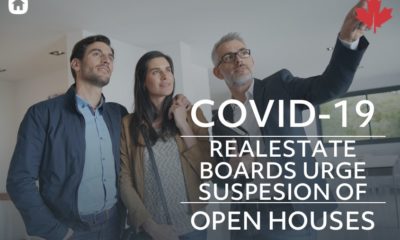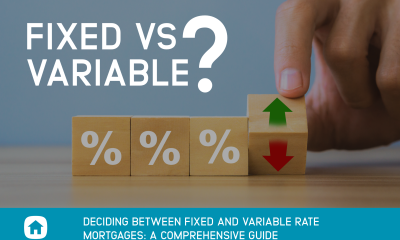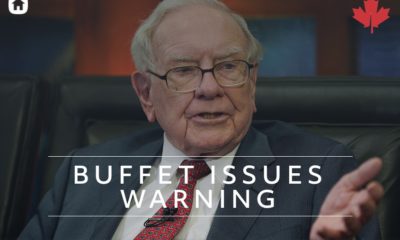(Special) – With life expectancy increasing, Canadians can well expect to have a retirement that lasts 20 or 30 years. A lot can happen during those two or three decades, which is why retirement planning is so important.
“Pre-retirement planning is all about getting a large picture of what you expect your retirement to look like,” Blake Griffith, a certified financial planner with Sun Life Financial, said in an interview. “There are so many variables that each situation is unique. There is no ‘one size fits all.’ The key is to understand what you want your retirement to be — where you want to live and what you want to spend your money on — so you can set up a plan to achieve it in the most tax-efficient manner possible.”
Griffith says spending in retirement tends to follow the shape of the letter U. Spending is highest in the early years when retirees will tend to travel and do things on their bucket list. It diminishes when those things are completed and then probably starts to rise again as health-care costs start to rise.
The challenge is to craft a revenue stream that fits that U-shaped pattern tax efficiently.
While everyone’s goals and situations are different, Griffith believes there are some over-arching principles that people should know about and consider when coming up with their retirement plan.
It’s important to understand the sources of income you can expect in retirement as well as your annual expenses.
Income sources can include Canada Pension Plan, Old Age Security, Registered Pension Plans, Registered Retirement Savings Plans, non-registered investments, real estate and even inheritances.
Estimate your annual expenses during retirement by calculating your current annual living expenses and then identifying what may increase, decrease or stay the same. Divide your retirement expenses into needs and wants. This will help you understand areas where you can possibly reduce expenses.
Once you’ve got a handle on all your income and expenses, decide how you should draw on your income sources and in what order.
Some of the considerations include whether you should draw down your RRSP before age 71 or wait until you convert it into a Registered Retirement Income Fund and when to take CPP. Both sources are taxed and, depending on your income level, may result in your OAS being clawed back.
There also may be opportunities to split CPP and RRSP income with your spouse which can help you save on taxes by balancing incomes between both spouses.
“One of the biggest considerations is the order that you start withdrawing your income,” Griffith says. “There is no right order for everything. It should be personalized.”
As you prepare to enter into retirement it also can be a good idea to review your investments for risk tolerance and tax efficiency to ensure it reflects your comfort level and needs in retirement.
A tax efficient portfolio usually would place the highest taxable sources of income such as interest into registered accounts like a TFSA, RRSP, RRIF, Registered Education Savings Plan, Registered Disability Savings Plan, Locked In Retirement Account or Life Income Fund.
Investments that produce capital gains and pay dividends would be more suited to non-registered accounts. Riskier investments which may yield capital gains or losses are best suited to non-registered accounts where losses can be used to offset gains and reduce tax.
Some distributions from mutual funds are made up of return of capital, a tax term used to describe distributions which are in excess of the fund’s earnings. For tax purposes ROC represents a return to the investor of a portion of their original invested capital. Since the investor is receiving a portion of their original invested capital, payments are not taxed as income, thereby increasing tax efficiency.
At the end of the day, what really matters is left in your pocket after paying tax. “Tax planning is not a silo and should be part of an overall plan,” Griffith says.
Talbot Boggs is a Toronto-based business communications professional who has worked with national news organizations, magazines and corporations in the finance, retail, manufacturing and other industrial sectors.
Copyright 2019 Talbot Boggs
Talbot Boggs , The Canadian Press

 Buying a Home5 years ago
Buying a Home5 years ago
 Credit6 years ago
Credit6 years ago
 Business4 years ago
Business4 years ago
 5 Mortgage Secrets7 years ago
5 Mortgage Secrets7 years ago
 Buying a Home6 years ago
Buying a Home6 years ago
 5 Mortgage Secrets6 years ago
5 Mortgage Secrets6 years ago
 News12 months ago
News12 months ago
 Business4 years ago
Business4 years ago




